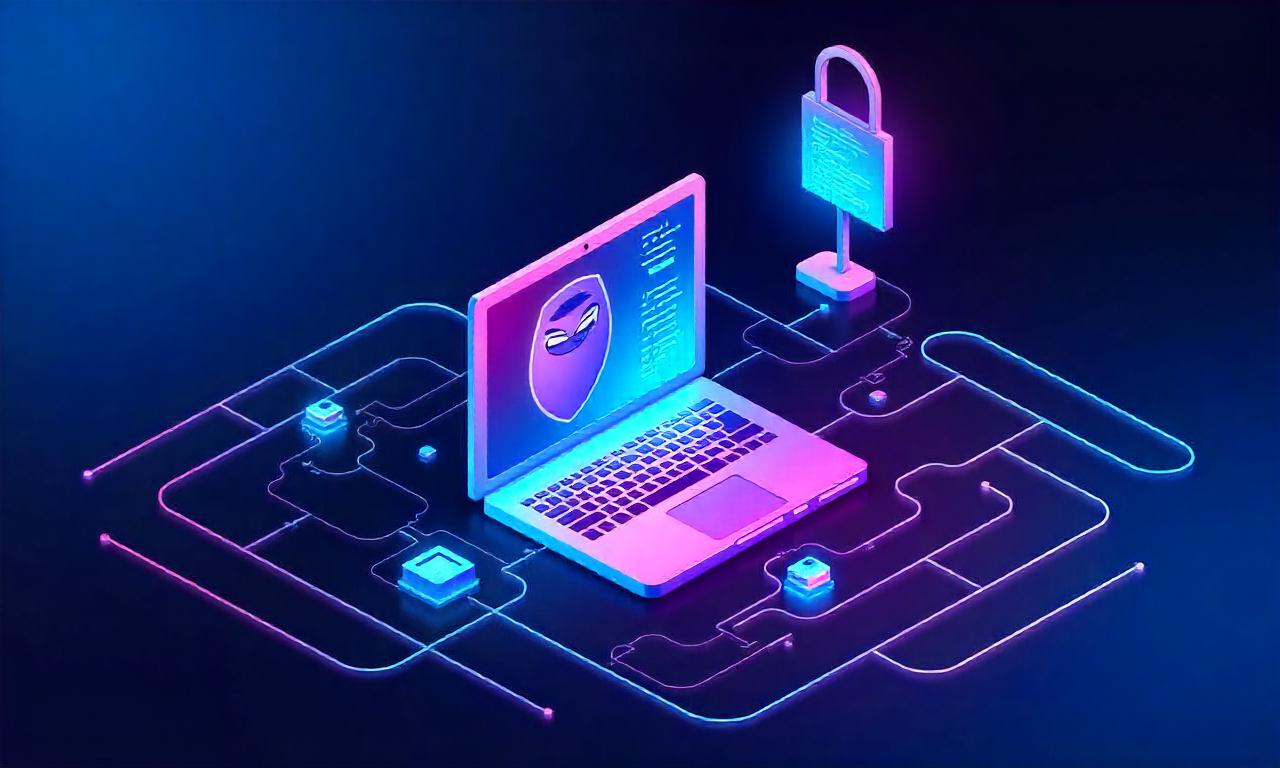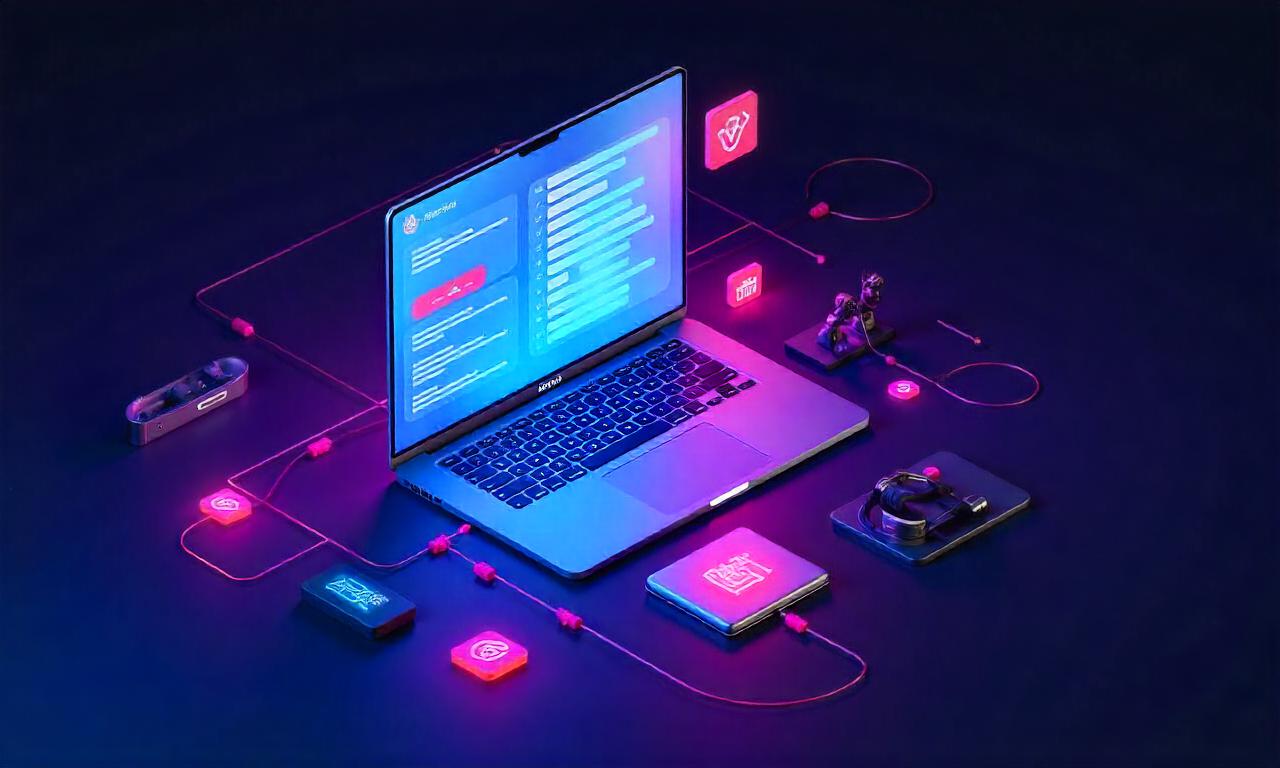A slow VPN connection can be frustrating, especially when you’re trying to browse the web, stream content, or access geo-restricted websites. While VPNs are essential for online privacy and security, they can sometimes cause reduced internet speeds due to encryption, server load, or other factors.
Fortunately, there are several ways to troubleshoot and fix a slow VPN connection without compromising your safety. In this guide, we’ll explore practical tips and tricks to help you optimize your VPN performance and enjoy faster, more reliable connections. Whether you’re a casual user or someone who relies heavily on a VPN, these solutions will ensure you get the most out of your service.
Table of Contents
ToggleHow to Fix a Slow VPN Connection
1. Identify Why Your VPN Connection is Slow
The first step in solving the issue is identifying the root cause. Not every VPN slowdown is created equal—and the fix depends on what’s actually going wrong.
1.1 Server Load and Distance
VPN servers can become overwhelmed during peak hours. If your VPN provider doesn’t scale server capacity well, performance suffers.
- Busy servers mean limited bandwidth per user.
- The physical distance between you and the VPN server can also increase latency.
A server in Los Angeles will generally perform better for users in California than one in Tokyo.
1.2 Encryption Overhead
VPNs encrypt all data, which adds overhead. This is good for privacy, but certain encryption protocols are heavier than others.
- AES-256 is more secure but slower than AES-128.
- WireGuard is known for speed compared to OpenVPN or IKEv2.
Switching to a lighter protocol may be necessary depending on your use case.
1.3 Device or Network Limitations
Sometimes, it’s not the VPN—it’s your setup.
- Old devices struggle with encryption/decryption.
- ISP throttling can target VPN traffic.
- Wi-Fi interference or bandwidth sharing can impact performance.
Understanding these technical dynamics helps guide your optimization strategy.
2. Change to a Faster VPN Server
How to fix a slow VPN connection often starts with choosing the right server. Switching to a less congested, closer server is one of the quickest fixes.
2.1 Choose a Server Near Your Physical Location
The shorter the data’s travel distance, the lower the latency.
- Use the VPN’s server map to choose your nearest option.
- If you’re accessing local content, there’s no need to route traffic across the globe.
2.2 Avoid Overloaded Servers
Many VPNs offer server load indicators. Choose one with low usage to reduce congestion.
- Connect during off-peak hours if possible.
- Use auto-connect smart algorithms if your VPN provides one.
Tip: “Smart Connect” options usually prioritize speed and reliability automatically.
3. Switch Your VPN Protocol
Protocols impact speed and security. Selecting a modern, efficient protocol like WireGuard can significantly enhance VPN speed.
| Protocol | Speed Rating | Security | Recommended Use |
|---|---|---|---|
| WireGuard | 🚀🚀🚀🚀🚀 | High | Fast, secure browsing |
| IKEv2 | 🚀🚀🚀🚀 | High | Mobile-friendly, stable |
| OpenVPN | 🚀🚀🚀 | Very High | Desktop-heavy workloads |
| L2TP/IPSec | 🚀🚀 | Medium | Obsolete, avoid if possible |
3.1 How to Change Protocols
- Go into VPN settings > Protocol.
- Select WireGuard or IKEv2.
- Restart the VPN to apply changes.
Note: Some VPNs auto-select the protocol. Manually overriding it can yield better results.
4. Restart Your Devices and Router

Sometimes the simplest fixes are the most effective. A clean reboot can reset network stacks, close background processes, and eliminate glitches.
4.1 Reboot Order
- Disconnect VPN.
- Power off your device and router.
- Restart modem > router > device > VPN.
This clears cache, resets IP tables, and optimizes routing.
4.2 Consider Router Firmware Updates
Outdated firmware can bottleneck your connection. Log into your router dashboard and install the latest updates if available.
5. Use Ethernet Instead of Wi-Fi
Wi-Fi introduces interference and variability. For consistent performance, a wired connection is ideal.
5.1 Benefits of Ethernet
- Lower latency and higher stability
- Reduced packet loss
- Better for gaming, streaming, and large downloads
If you’re working from home, consider adding a wired connection for your VPN device.
6. Adjust VPN Encryption Settings
Reducing the encryption level slightly can result in performance gains, especially on low-spec hardware or slower networks.
6.1 Use 128-bit Encryption for Non-Sensitive Activities
If you’re just streaming or browsing, 128-bit AES can still provide decent security.
- Go to VPN > Advanced > Encryption Settings
- Switch from AES-256 to AES-128
Important: Don’t reduce encryption for banking or sensitive work sessions.
7. Update Your VPN App
VPN providers frequently release updates to patch bugs and enhance performance. Running an outdated version can cause lag and crashes.
7.1 Enable Auto-Updates
Check your VPN settings for an auto-update toggle. This ensures you’re always running the latest performance optimizations.
- Look for changelogs mentioning “latency” or “throughput”
- Updates may include protocol enhancements or better server-switching logic
8. Disable Background Apps and Bandwidth Hogs

Background applications can eat up bandwidth, slowing down your VPN.
8.1 Monitor and Manage Bandwidth Usage
Use Task Manager (Windows) or Activity Monitor (Mac) to track network-hungry apps.
- Streaming apps like Netflix, YouTube
- Cloud sync services like Dropbox or OneDrive
- Torrents and downloads
Close unnecessary apps to prioritize your VPN.
9. Bypass ISP Throttling
ISPs in the U.S. often throttle VPN or encrypted traffic, especially during high-usage periods. This can drastically reduce your VPN speed.
9.1 Enable Obfuscation or Stealth Mode
These features disguise VPN traffic to avoid throttling:
- Find them under Advanced Settings or Privacy Tools.
- Sometimes labeled as “Scramble,” “Stealth,” or “Obfuscation.”
9.2 Use Port Forwarding or Alternate Ports
If available, change the port your VPN uses to avoid ISP flags:
- Commonly suggested: port 443 (used by HTTPS) or 80 (used by HTTP)
This mimics normal web traffic and avoids throttling filters.
10. Switch to a Premium VPN Service
Free VPNs often impose bandwidth limits, throttle speeds, and limit servers.
10.1 Top Performing Premium VPNs (2025 Update)
| VPN Provider | Avg Download Speed | Protocols Supported | Servers in US |
|---|---|---|---|
| ExpressVPN | 575 Mbps | OpenVPN, IKEv2, Lightway | 24+ |
| NordVPN | 550 Mbps | WireGuard, OpenVPN | 30+ |
| Surfshark | 510 Mbps | WireGuard, IKEv2 | 25+ |
Investing in a reliable provider is key to long-term performance.
11. Use Split Tunneling
Split tunneling lets you choose which apps use the VPN and which don’t. This reduces VPN bandwidth usage and increases speed.
11.1 Set Up Split Tunneling
- Go to VPN settings > Split Tunneling.
- Choose high-speed apps (e.g., games or Netflix) to bypass VPN.
- Keep sensitive apps (e.g., banking, work) under VPN.
This balances security and speed effectively.
12. Try a Different Device or Platform
Sometimes, device-specific limitations or OS configurations slow things down.
12.1 Compare Device Performance
If your VPN is slow on a phone but fast on a laptop:
- Update firmware and VPN app
- Try another platform (e.g., Android vs. iOS)
- Disable battery saver or data saver settings
Consistent performance across devices helps isolate the issue.
Read More : How to Avoid Cyber Threats by Using a Trusted VPN Service
FAQs
Why is my VPN so slow suddenly?
Sudden slowness can be caused by a crowded server, ISP throttling, or device overload. Try switching servers or restarting your VPN and device.
Does using a VPN always reduce internet speed?
Some reduction is expected due to encryption, but with the right setup, premium VPNs often maintain 90-95% of original speeds.
Will upgrading my internet plan speed up my VPN?
Yes, but only to a point. If the VPN server or protocol is slow, higher bandwidth won’t help much without optimization.
Can a VPN speed up internet?
In rare cases, a VPN can bypass throttling or poor ISP routing and actually increase speed for specific sites or services.
Is WireGuard faster than OpenVPN?
Yes. WireGuard typically outperforms OpenVPN, with up to 40% higher throughput and lower latency across most platforms.
Conclusion
Fixing a slow VPN connection doesn’t have to be a mystery. From switching servers and protocols to updating your apps and router, there are many practical ways to speed up VPN performance.
By understanding the root causes—whether it’s congestion, encryption load, or device limitations—we can apply the right solution with precision. Whether you’re streaming, working remotely, or browsing securely, a smooth VPN experience is within reach.
Key Takeaways
- Server location and load significantly affect VPN speed.
- Switching to WireGuard or IKEv2 can drastically improve performance.
- Split tunneling and disabling background apps free up bandwidth.
- Investing in a premium VPN is crucial for long-term speed and reliability.
- Obfuscation and alternate ports can help bypass ISP throttling.
















